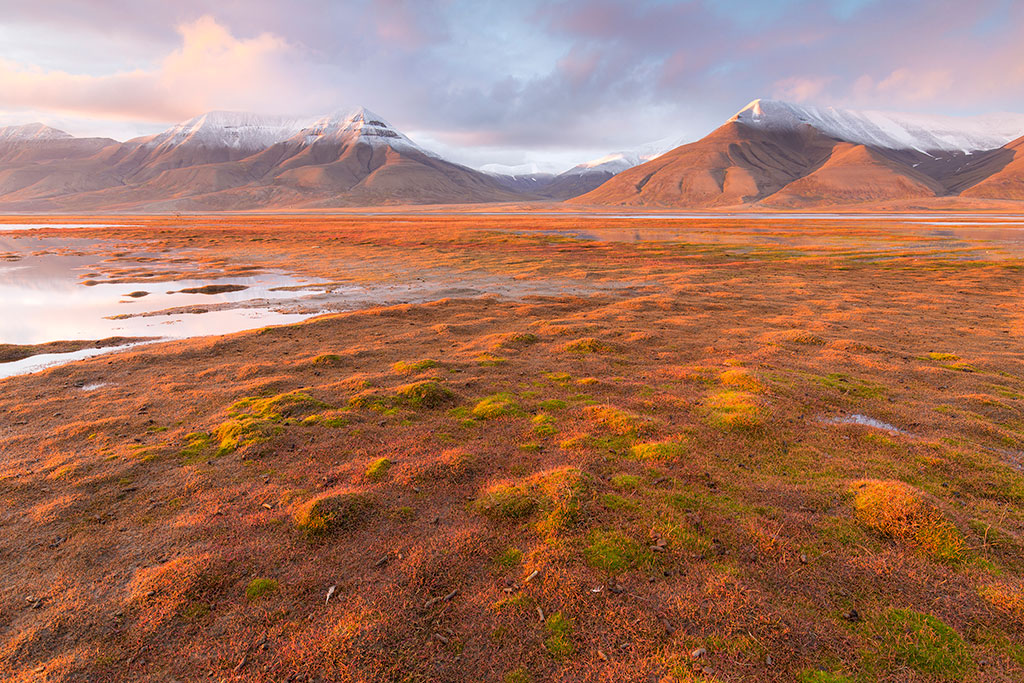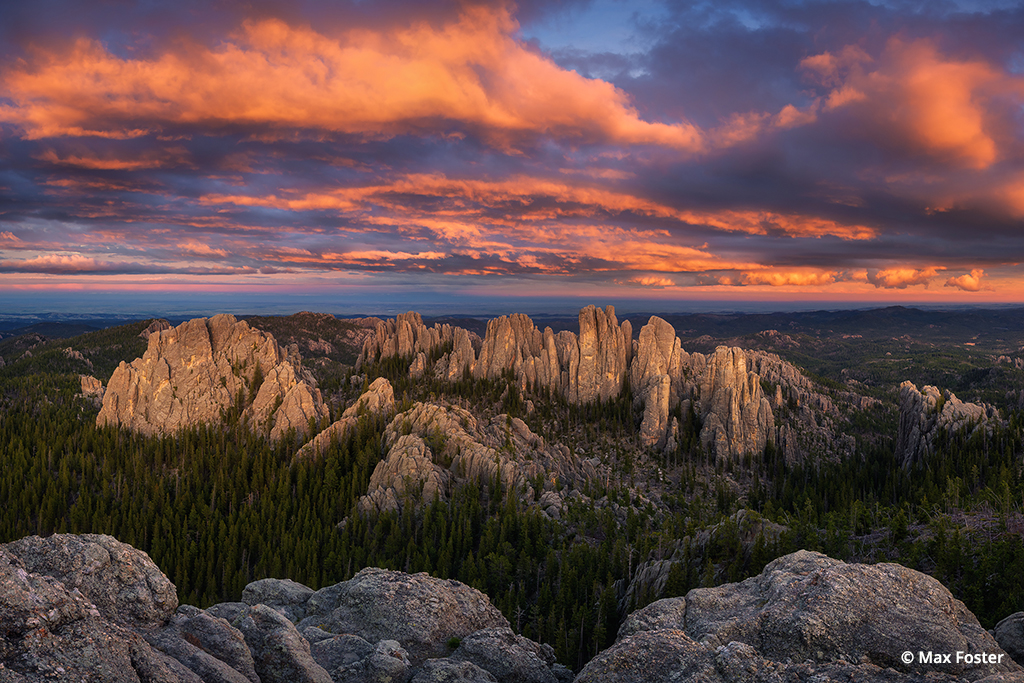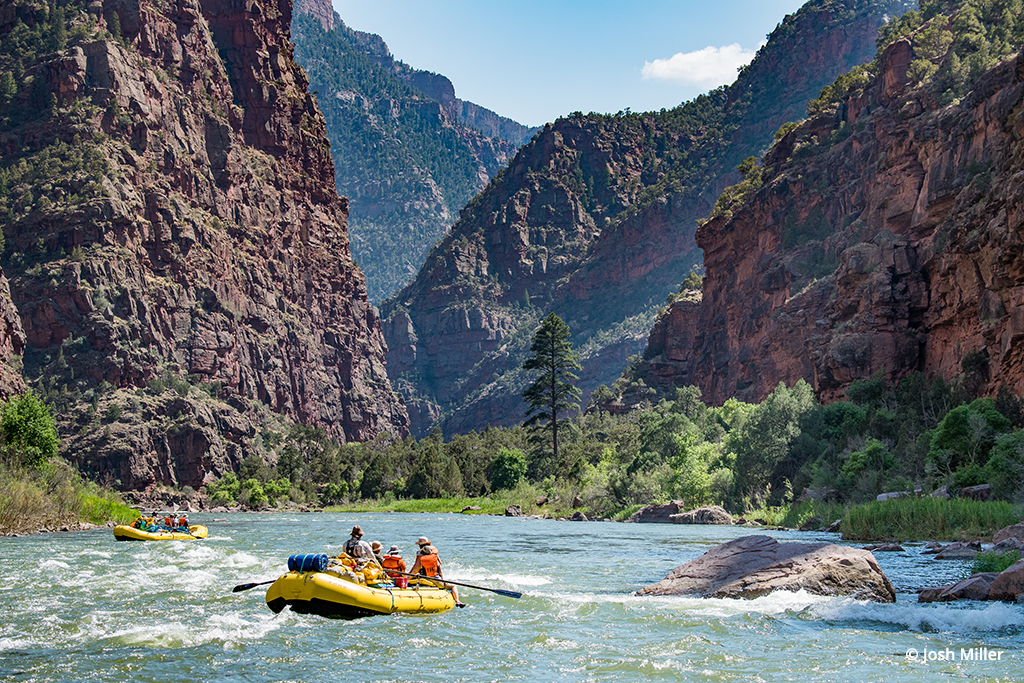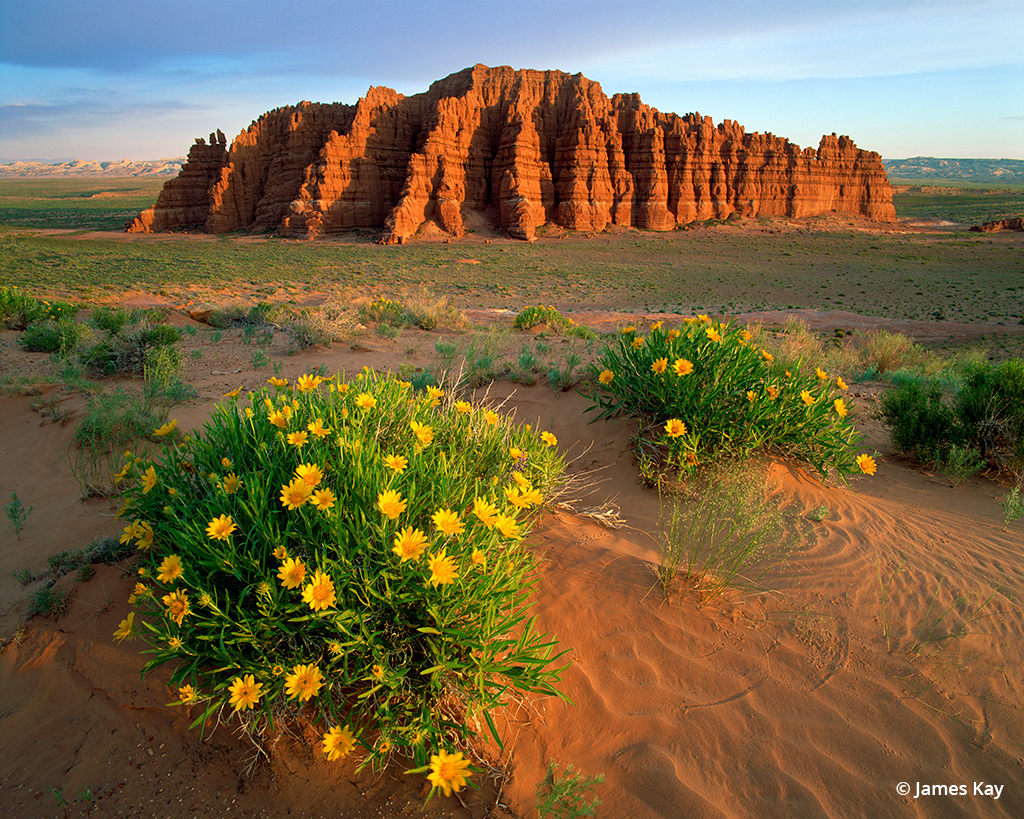Advertisement
Advertisement
Read Next

Why You Should Visit Svalbard In Norway For Photography
Svalbard in Norway features untouched...
The Needles
The Black Hills of South Dakota cover...
Dinosaur Adventure!
After feeling trapped at home for the...
Wildlands Of Utah
Look outside Utah's national parks to...Advertisement


A Matter Of Perspective
This Article Features Photo Zoom
Frans Lanting is best known for his work documenting the world’s environmental issues, but the photographer recognized for his wildlife photography showcases his skill with landscapes in two recent assignments photographing Canyonlands from the ground and from the air.
“It’s extraordinary,” he says of the experience. “It’s like hearing Beethoven in your ears when you’re flying over those landscapes. The genesis of this body of work was two assignments I did for National Geographic. The first was to provide an aerial view of the Colorado Plateau as a whole, and I followed it up with the ground perspective that was published as a separate story. These two separate assignments take the opportunity to examine landscapes that are justly world famous and have been covered by many photographers over the years. It was a fantastic opportunity to see these amazing landscapes for myself.”
Lanting experienced the landscapes for the first time as a photographer in 2003 when he commenced the aerial assignment. He spent months in the field over the course of three years, returning at least six times during different seasons. Most surprising is that the Dutch-born photographer had lived in the United States for decades without ever photographing Canyonlands.
“Even though I’ve lived in the U.S. for half of my life,” Lanting says, “I had never focused seriously as a photographer on these landscapes. The last time I made pictures there was when I was traveling through the national parks of the American West when I was a student visiting from Holland. I knew these landscapes mostly from admiring the work of some of the great photographers; people like Jack Dykinga and David Muench, who I greatly admire, are some of the great landscape photographers of the American West. I had often looked at some of these images and said, ‘My gosh, this quality of light isn’t something that I’ve ever experienced myself.”
Though Canyonlands is a photographer’s dream, Lanting was in search of something more than pretty pictures. He didn’t want only to remake great photos; his goal was to define the region in his own terms.
“It was quite a challenge,” he says, “because it’s not like going to some remote part of the world that has never been documented before. To come up with a new perspective, it wasn’t easy to avoid the overlooks and the other vantage points and the great panoramas. Many of the classic images have been made from overlooks and parking lots in national parks. They’re grand scenes, but I wanted to get a little deeper into the landscape, and with the aerial views, I tried to come up with landscapes that were more like patterns than recognizable landscapes. On the ground, I tried to do that by looking for more intimate views than the overlooks or the so-called scenic views. That gave me a perspective that helped me to organize my own thinking and discard a lot of beautiful scenery because I was looking for something else.”
This Article Features Photo Zoom
More than just deep exploration, though, Lanting’s photographs are the product of rigorous research, scouting and preparation. Even more vital, he says, was his personal approach, developed to organize the rich visual prospects in the region.
“How do you make sense of all this beauty and these extraordinary landscapes as a photographer?” Lanting asks. “To me photography is a process of saying no most of the time so that you can say yes with an exclamation mark a few times. The hardest thing in those places is to say no because everything is beautiful. I try to come up with a narrative for myself so that I can make sense of it.
“I tried to further refine my searching by thinking in very elementary terms” he continues. “The hardest thing for many photographers is always to come up with a point of view. If you explore those landscapes, at least my response was to begin to think in these elementary terms. I’m not the first one to conceptualize it that way, but it really began to shape how I looked for images within larger landscapes that could help visualize these themes. I was really looking for things that would resonate with one another.”
Lanting’s guidelines included the essential elements of land, water, light, time and life. Time is both geologic and human; life includes that of plants and animals. And as he finally learned firsthand on this assignment, nothing is more unique in Canyonlands than light.
“The theme light was a real revelation to me” says Lanting. “There’s a unique quality to light in Canyonlands that people before me have probably coined in the same way, but I call it canyon light. It’s both because of the remarkable clarity of the atmosphere in those desert environments—it tends to burnish the reds and oranges—and you also have light that bounces off canyon walls and you get this otherworldly glow. As soon as you step into one of these deep canyons, it’s like walking into a cathedral.
“The light comes from above” he continues, “and then direct sunlight hits one of the canyon walls and then that light bounces back and forth until it reaches deeper and deeper into the canyon, and at the bottom you get an atmospheric affect that is very similar to this spiritual feeling that the builders of the great churches in Europe tried to evoke through very carefully placing windows and using stained glass, but this is all natural. The most extraordinary examples are found in some of the steeper slot canyons, like Antelope Canyon in Arizona, and a couple of others, which have become quite well known and sought out by photographers. To me this was something new. I had never seen and worked with that kind of light before, and now I know. This is something that’s truly unique to the American Southwest, to the Canyonlands region.”
Lanting found other surprising subjects during his journeys, such as elements of time manifested in the rock around him. More than the geologic time evident in every canyon wall, he found another powerful time stamp.
“Human time” Lanting explains. “There’s another dimension of geologic time that runs through these images; it’s naked geology. Having immersed myself in the “LIFE: A Journey Through Time” project, I’ve become keenly aware of the stratification of time as it becomes apparent in those landscapes. I decided to bring in some images of rock art left by previous human cultures that have all vanished that become another extension of human time in relationship to geologic time. By mixing the rock art with elements of rock or including some components of ecology, I tried to make it resonate a little bit more with the surrounding landscape. These images weren’t meant to make editorial points; they were meant to be reflections, meditations on these landscapes.”
Beyond the broad landscapes, Lanting also found more intimate views. In his search to represent life in the seemingly barren landscape, he turned to more detailed views of his surroundings.
“Life itself has influenced the landscapes in the same way that water has” he says. “I deliberately wanted to stay away from things that were too scenic or too specific because it needed to have a similar feeling of these naked landscapes. So there are some images of lichens, which are very long-lived but are actually transforming whole landscapes. There are some images of vegetation from the air that look like Aboriginal dot paintings, and other really spare and stark plant forms that work together with the other landscapes.”
For the dimensions of water and land, no approach presented Canyonlands more distinctively than Lanting’s aerials. This approach was to include all of the conceptual elements of his plan, but none more than the effects of water and time on the landscape. They form a large part of the finished body of work and add a distinct counterpoint to the views from terra firma. They also required an even more intense preparation.
This Article Features Photo Zoom
“Aerial photography is a specialty in its own right” Lanting explains. “There are a couple of layers of challenges to delve into. You’ve got to find the right pilot with the right plane, and that’s not as easy as it may seem. You have to find a plane that’s slow enough, that has a high wing configuration, and there’s actually just a handful of airports or airfields from which you can operate. I really needed a pilot who knew the landscapes, who could get me to certain places, and who would be able to work with me closely. But I found a couple of good pilots, and then it was a matter of hitting the right times.”
The right times varied depending on the location Lanting planned to photograph. No season, though, seemed to deliver the beautifully unique visual effects that he found in the coldest months.
“Wintertime is a great time to be out in Canyonlands” he says. “The light is so much purer, the sun is lower on the horizon. Right after a snowfall, you get these amazing contrasts between cool blues and warm reds. It just structures the landscapes in a way that’s really unique. It’s another aspect of Canyonlands that I’d say you don’t find anything like in any other desert region.
“One thing that helped me interpret the landscapes from the air was knowing more about the geology” Lanting continues. “By reading a fair amount about the different eras and processes that have acted on those landscapes, I was able to look at them more knowingly and recognize different kinds of patterns. And those geologic processes could become the basis of certain images. The more I know about my subject, the more cohesive, the more unified my photography becomes because I have a better sense of what I’m looking for and I know what to keep out and what to capitalize on.”
Lanting capitalized on the assignments as his chance to stretch his creative muscle and explore a landscape that he had always wanted to.
“What I do gives me an alibi to go out and explore and to discover for myself” he says. “The camera is a way to express some of those discoveries. I’m certainly not the first photographer to photograph those landscapes from the air, but it was a process of personal discovery and an attempt to make the landscapes look a little bit different.”
“I didn’t have a good opportunity to sink into those landscapes until this project came along” he continues. “Sometimes magazines are interested in doing stories that intrigue me, and I ask if I can shoot them. Other times they come to me. Of course, certain photographers are tapped for their expertise, but other times they try to do things in a way that’s maybe a bit more novel and assign a piece like Canyonlands to me when the predictable solution would be to ask somebody who has been doing grand landscapes there for 20 or 30 years.”
The project was certainly a success for Lanting, both photographically speaking and personally. As much as anything, it was a creative triumph for a photographer working outside of his typical comfort zone.
“To visit the places myself” he says of his success, “and to come up with my own renderings of them and to try and make sense of them in a way that was a bit more conceptual. It was gratifying to me to see that, yes, after a while, I could create images that would have a certain cohesion to them and that it was possible to still make personal statements in a place like that.”
Adds Lanting, “One of the things that I learned from this whole experience is just how blessed people in this country are to have this whole region as a place that anyone can visit, and that previous generations have had the foresight to carve out parks and reserves of all kinds. It’s truly part of a global heritage. When I’d visit some of these national parks, a third to half of all the visitors turned out to be from other countries who come on their global pilgrimage. I guess we take this for granted as we always do when we’re too familiar with a place. Now I know they’re there and I will be going back many times.”
To see more of Frans Lanting’s photography, visit www.lanting.com.